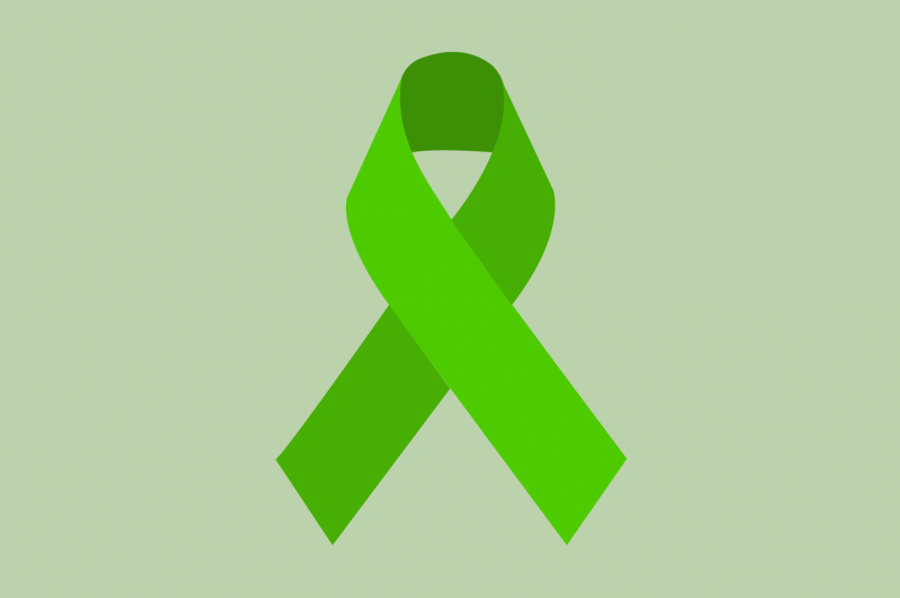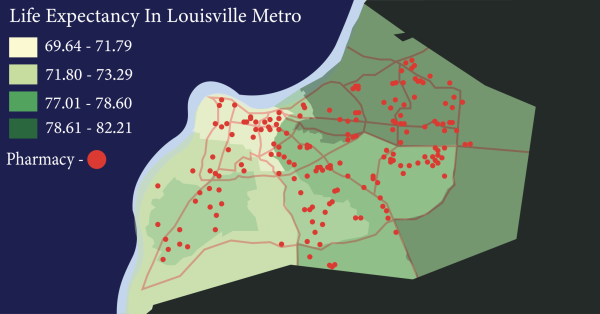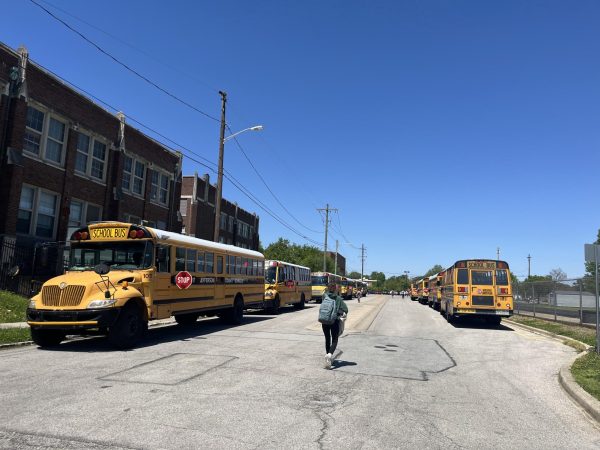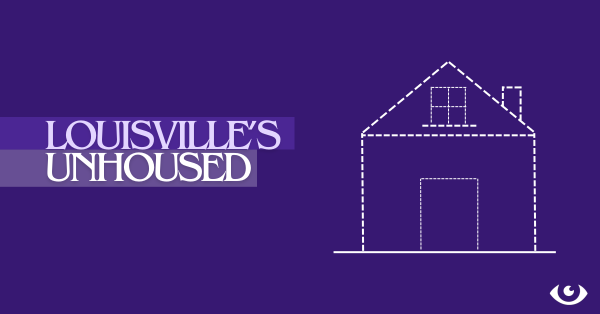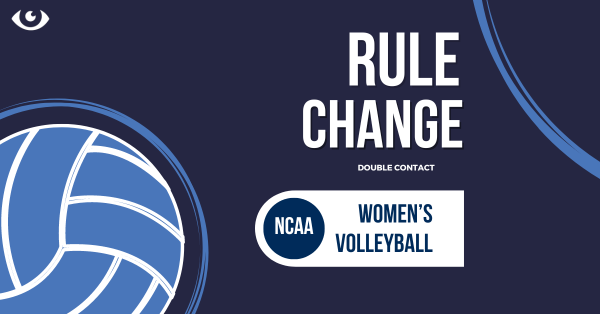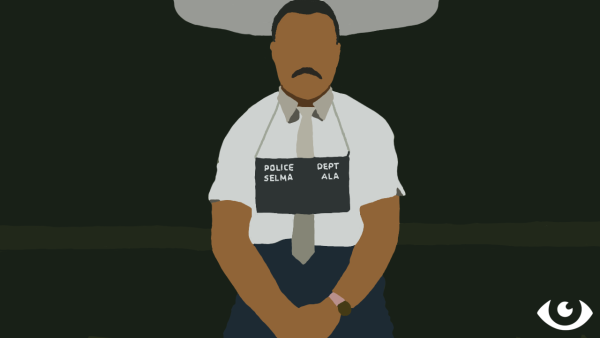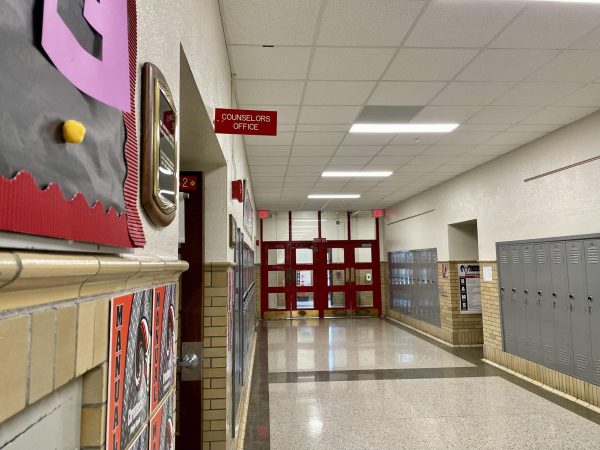OPINION: It’s time for Manual to take the lead on improving mental health education
May 5, 2021
With the start of mental health awareness month, it is important to bring attention to an issue that has been taboo in classrooms all over the country: suicide in teens. Now, I know this is a sensitive topic charged with emotion and grief, but that is why it is so important to bring it into the light– everyone knows someone.
Suicide is the second leading cause of death among adolescents and young adults ages 15-24, with more than 6,200 suicide deaths in 2017. For every suicide death, there are five to 45 suicide attempts. To put this in perspective, that is at least 31,000 suicide attempts country-wide per year. Even without action, in 2019, 18.8% of high school students seriously considered suicide. Applying this to Manual, that is 376 of our students seriously considering taking their own life.
Now that I have your attention.
Although suicide is the second leading cause of death in high school students, little to no action is taken at Manual to educate students, faculty and teachers on how to deal with these situations, as well as prevent suicidal ideation in general. This is not the fault of Manual itself, though. JCPS as a whole has not prioritized or given its schools the resources needed to enact change on the growing issue of teen suicides.
In public schools, one in five students show signs of mental illness, and around 80% of these students will not receive treatment. At Manual — with a student body of around 2000 — that means 400 students show signs of a mental illness, while only 80 of them receive treatment. That is an entire grade of students suffering, and little being done about it district-wide.
This issue is only growing. A 2016 study by Pediatrics found that adolescents reporting major depressive episodes, or MDEs, had risen from 8.7% in 2005 to 11.3% in 2014. This means that over the past 10 years MDEs have risen 37 percent. Major Depressive Disorder, a form of depression, is not the only mental illness on the rise, though. Between 2007 and 2012, anxiety disorders in teens went up 20%; that number is continuing to rise.
JCPS is not immune to the effects of mental illness in its students, with the youngest reported suicide of a JCPS student being just 10 years old in early 2019. Experiencing this type of loss first hand, the JCPS community needs to step up and prioritize the mental health of its students by training all faculty to know the signs of mental illness, as well as update the mental health awareness training provided in schools.
To do this, it is important to reflect on why this training wasn’t updated years ago. The majority of this lack of care is caused by the stigma surrounding mental illness, and a first step to preventing teenagers from taking their own lives is to work to break this stigma. In the past, Manual’s mental health training was limited to one day of mandatory suicide awareness training, consisting of outdated resources and bare-minimum support. Over the past few years, mental health awareness and treatment have been prioritized significantly more in school by having counselors readily available for students as well as posting resources for students and parents online, and it’s crucial to keep this momentum.
Our first step is to expand the suicide prevention training that is already presented to students during the mandatory mental health awareness days. Including more days of suicide prevention training, as well as integrating healthy coping mechanisms for stress and mental health issues into the normal curriculum will create a more supportive, open environment to talk about issues students are facing, and potentially save a life. Crash courses on handling the stress of finals week, AP tests and managing emotions during stressful situations will help students feel open to reaching out when they need help, as well as provide them with coping skills to manage issues on their own.
These lessons do not need to be full days of school, or full classes even. Simply training teachers on how to implement stress-tolerance and coping skill lessons into their everyday curriculum will slowly start to break the stigma that prevents students from reaching out for the help they desperately need.
Along with this, it is important to implement mental health training for students as well. Teaching students about the importance of a healthy mental state and how to reach it as well as about mental illness and the stigma surrounding it will not only expose students to information that could help them one day, but also aid them in identifying signs of mental illness in their peers.
Although it can be said that a student’s mental health is not a school issue, for some students, school is their escape from issues they are facing in their lives, as well as their only safe haven from unsupportive households. Not only this, but the effects of mental illness also directly contribute to a student’s performance in school and future academic endeavors. Mental illnesses can affect a student’s concentration levels and mental ability, which makes it harder to problem solve and engage in critical thinking– crucial skills in the classroom.
Implementing training to faculty and students on how to handle if you or someone you know is struggling will not only dramatically improve the Manual environment but the grades and test scores that the school prides itself on so much. With this healthier learning environment, students will not only improve their scores, but their attitudes towards school, leading to a less stressful and more focused learning environment.
Although this is a district-wide issue, a great place to start in changing how JCPS handles the mental health of its students is right at home in Manual. Setting an example on how better mental health education can be successfully implemented in schools will encourage the district to act as Manual has, expanding the impact of the changes Manual has made. Trailblazing a path to effective mental health awareness training for faculty and students will not only decrease the amount of mental illness in students but break the stigma surrounding mental illness so that those struggling are open to reaching out to the resources Manual provides.
For this mental health awareness month, I urge the Manual community to take a step back and reflect on not only this past year and the emotional turmoil it caused, but the way that mental health has been handled for the past several years at Manual and in JCPS, and use this reflection to make a positive change. After a year of NTI and loss, students are hurting, and it is important to take this time to make small but effective changes towards bettering the mental health of students at Manual. It is as simple as prioritizing the wellness of the student body and beginning to implement better mental health education into the curriculum. Considering this a necessity would be an understatement, and it is time to take that first step to save the minds and lives of the students in our community.


